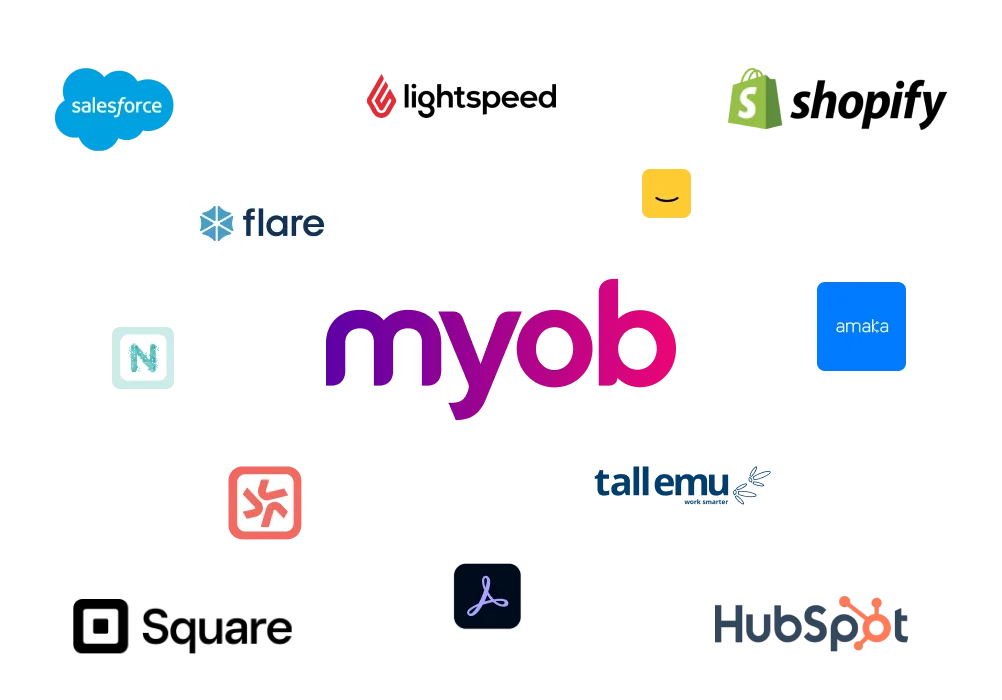Designed and built for the cloud
Developed for AU and NZ businesses
Tailor to your business and industry
MYOB Acumatica
The cloud-based ERP solution designed to help New Zealand companies succeed at scale.

An all-in-one platform
Manage your financials, customers, projects and reporting, all from one integrated system.

Available when you are
Now you can access critical information anywhere, any time on any device.

Data to power your decisions
Gain a 360-degree view of your business to make insight-driven decisions.

Say goodbye to tedious admin
Automate manual processes and improve productivity across your company.
Powerful ERP features to support your business

Access a full suite of accounting functions including, accounts payable, cash management and more. Keep on top of financial operations with comprehensive reporting tools that help you analyse, plan and budget for each financial period.
Plus, our multi-currency, extensive language and detailed organisational support can help even the most complex businesses achieve more.
See how MYOB Acumatica has helped businesses just like yours
RML manufacturing needed a system that was easy to use, cloud-based and customisable. That’s why they chose the MYOB business management platform.
MYOB Advanced is now MYOB Acumatica
Perfect for your business
The MYOB business management platform is recognised as an industry-leading solution that can adapt to your meet your needs now, and in the future.

The experts agree
Companies across Australia and New Zealand rely on MYOB to automate and support the growth of their businesses.

Everything from A to B2B to Z
A galaxy of integrations
MYOB Acumatica integrates with a variety of software providers to meet your unique business requirements. Extend the power of MYOB through our trusted partners and an extensive ecosystem of apps we integrate with.
Have questions about MYOB Acumatica?
How can I get more information about MYOB Acumatica?
To find out more about how MYOB Acumatica can support your organisation, complete this form and one of our software specialists will be in touch to answer your questions.
How do I know if MYOB Acumatica is right for my organisation?
MYOB Acumatica is designed for Australian and New Zealand organisations of at least 20 employees or more.
We support businesses in industries such as manufacturing, construction, wholesale and distribution, professional services, retail, healthcare and not-for-profit.
For organisations who are outgrowing their accounting software or would like to be supported by a cloud business management platform, MYOB Acumatica is highly customisable to meet the needs of your ambitious organisation.
What industry support does MYOB Acumatica provide?
The MYOB Acumatica platform supports a wide range of industries with industry-specific capabilities, including manufacturing, construction, wholesale and distribution and more. Our team of industry experts will ensure your unique business requirements are met.
How do I move to MYOB Acumatica?
Step 1. Contact us. We'll speak with you to answer your questions and help you understand whether MYOB Acumatica can support your organisation.
Step 2. We'll set you up with a team who will help you understand how the solution could help your business.
Step 3. You'll work with the implementation team to make sure you get up and running smoothly.
Training and support are provided throughout the entire journey and we'll be with you every step of the way.
